


|
St. Paul: He became aware of Christianity shortly after the Crucifixion. The great intolerance which he held for the Christians extended to the point where he guarded the clothes of the stoners at the martyrdom of St. Stephan. But then an unprecedented event took price. His famous conversion occured on the road at Jerusalem ( Acts 9.1-19 , 22.5-16, 26.12-18 ). He immediately accepted his new life and apostolate and 'within a short time received baptism and confirmation from Ananias (Acts 9.17). He then departed for Arabia (Gal. 1. 17) to prepare himself for his future ministry. Three years later he returned to Damascus where he was forced to make his escape by being let down the city wall in a basket (Acts 9.23-25 , 2 Cor.11). From Jerusalem, where he was recieved first suspicion, he went to the city of CAESAREA (halfway between Haifa and Tel Aviv), Syria and CILICIA (Adana, Turkey) (Acts. 9.30, Gal. 1.21-24). A few years later Barnabas went to TARSUS to request his help in the conversion of ANTIOCH (Antakya, Turkey) (Acts 11.25). During a famine which occured about 44 AD, the two went to Jerusalem to take food to the Christian community. 200 meters northeast of the Ancient Road, we find the area known locally as Saint Paul's Well. The site has for many years been a place of pilgrimage. During the times that Christians ruled in Tarsus the well's water was supposed to be Holy and useful for healing. The place is now of special interest for tourists who come to visit in order to see the 30 m. deep well and the partially excavated walls near the site. The restorations vvere part of a project begun by the Ministry of Culture af ter it nationalized the site. |

 |
 |
 |
 |
 |
 |
 |
 |
 |
 |
 |
 |
 |
| Home | Guestbook | Contacts |
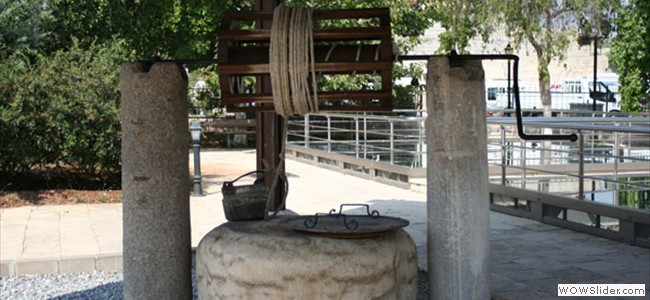
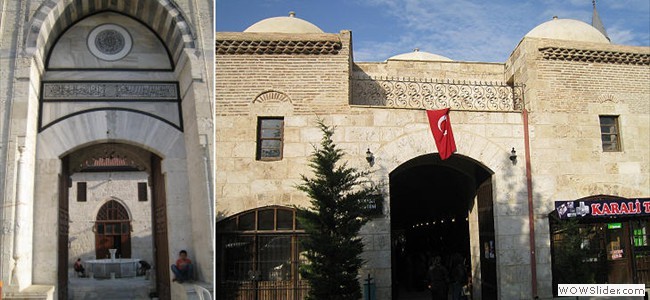
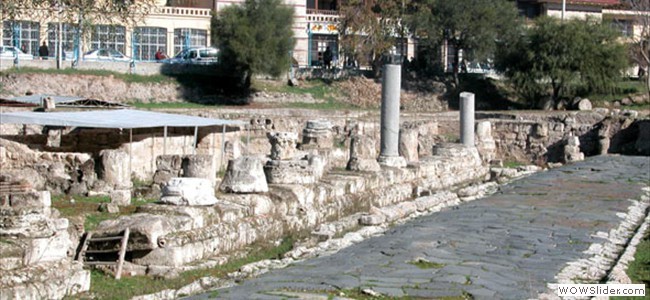
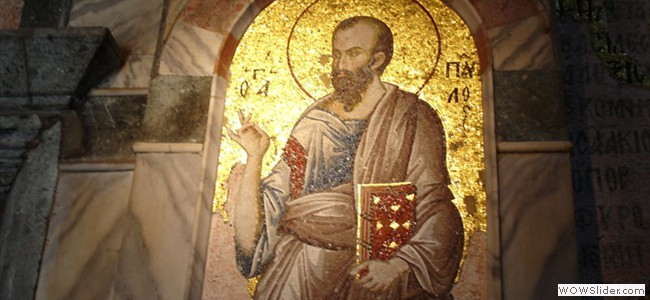
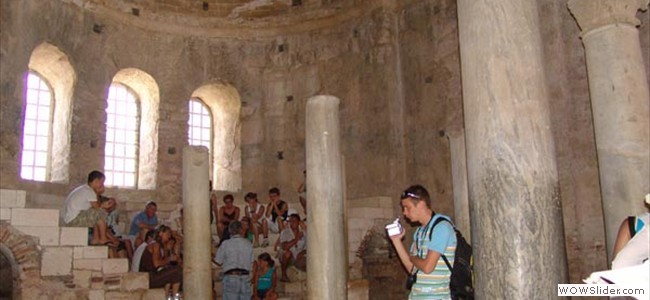
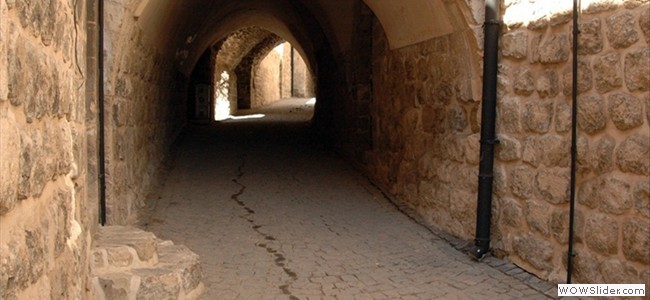
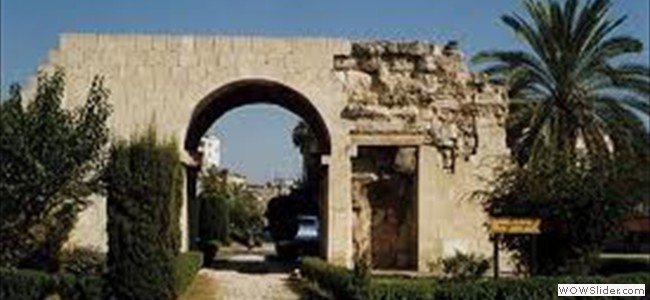
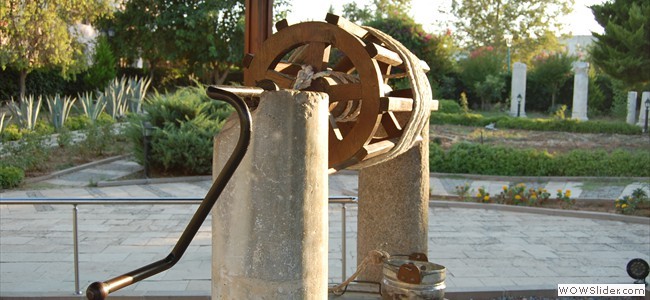
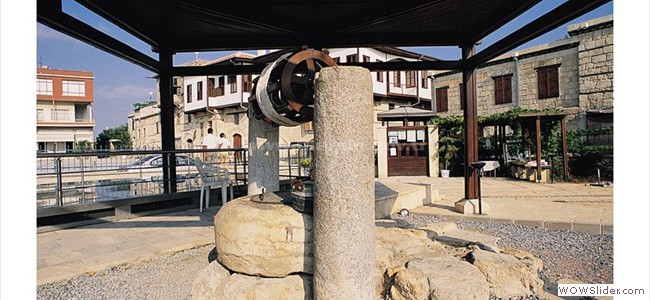
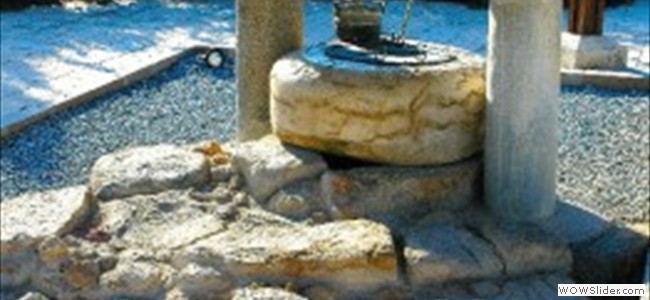
 1
1 2
2 3
3 4
4 5
5 6
6 7
7 8
8 9
9 10
10